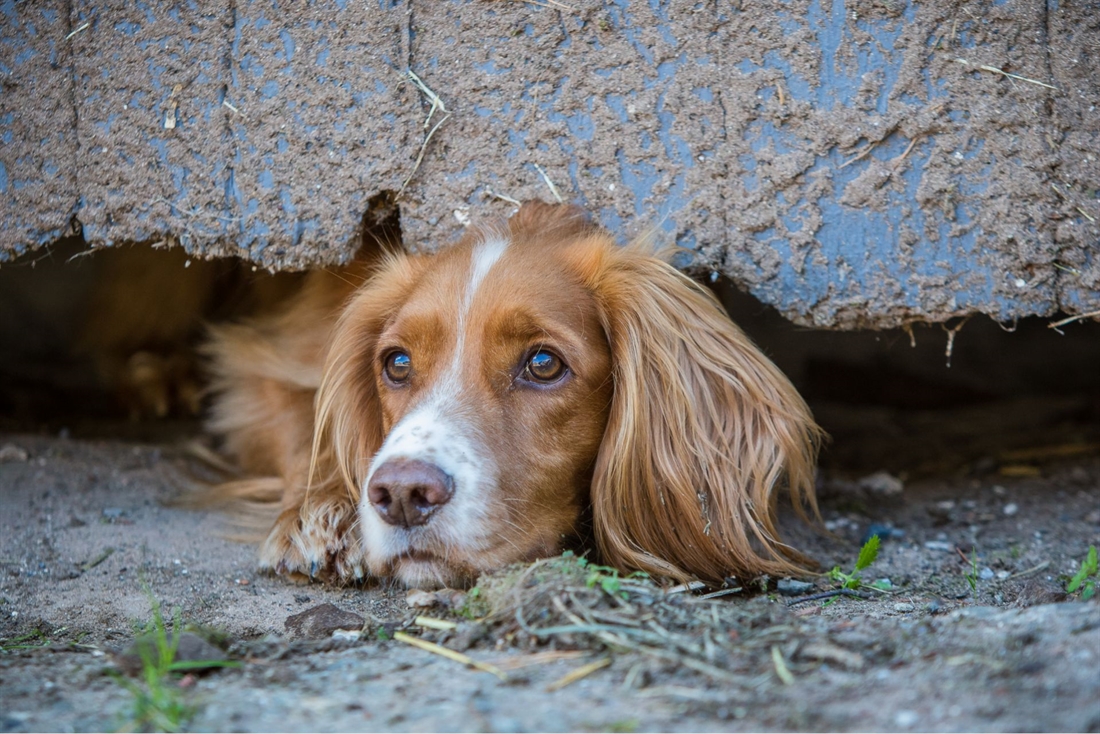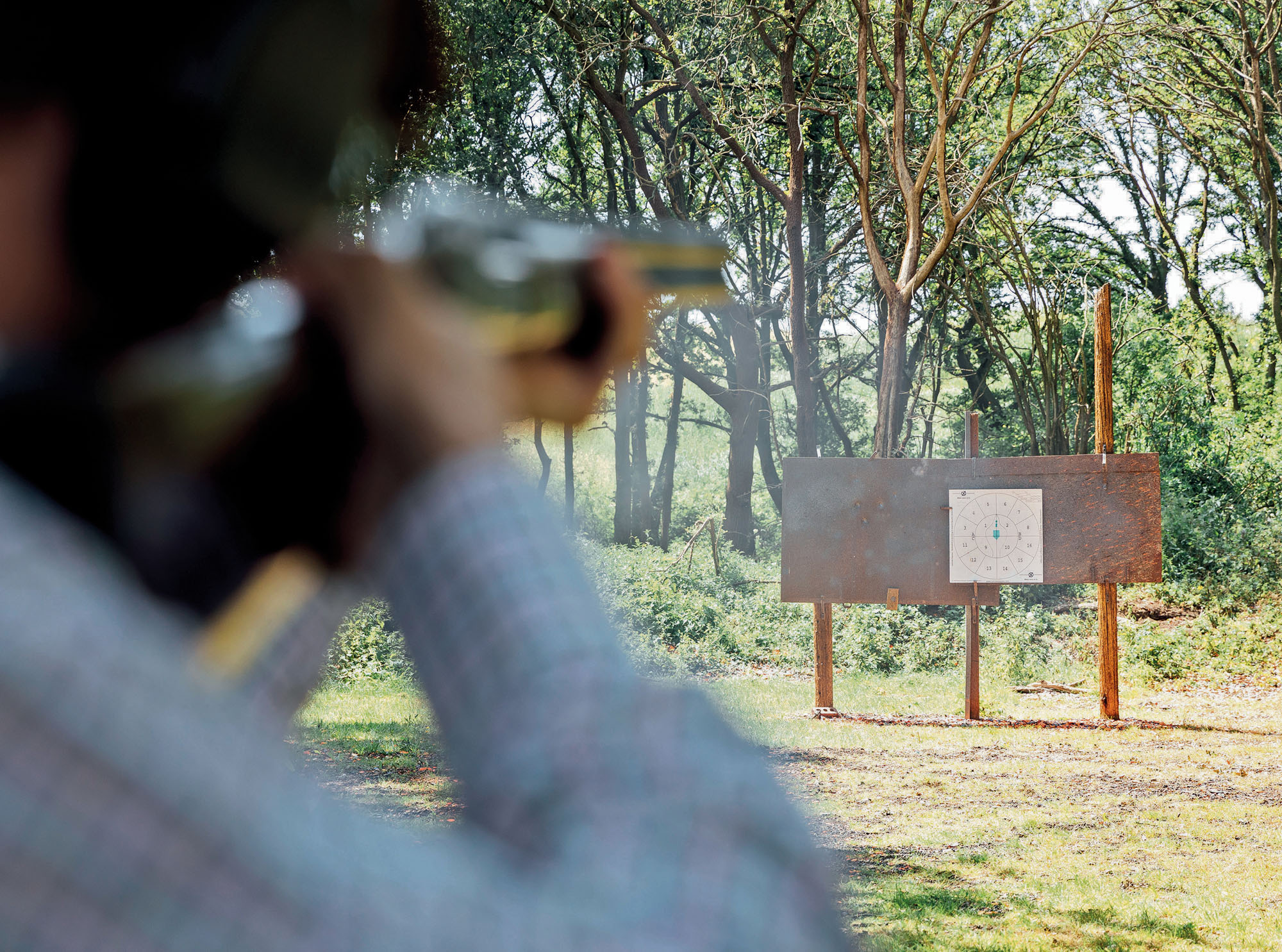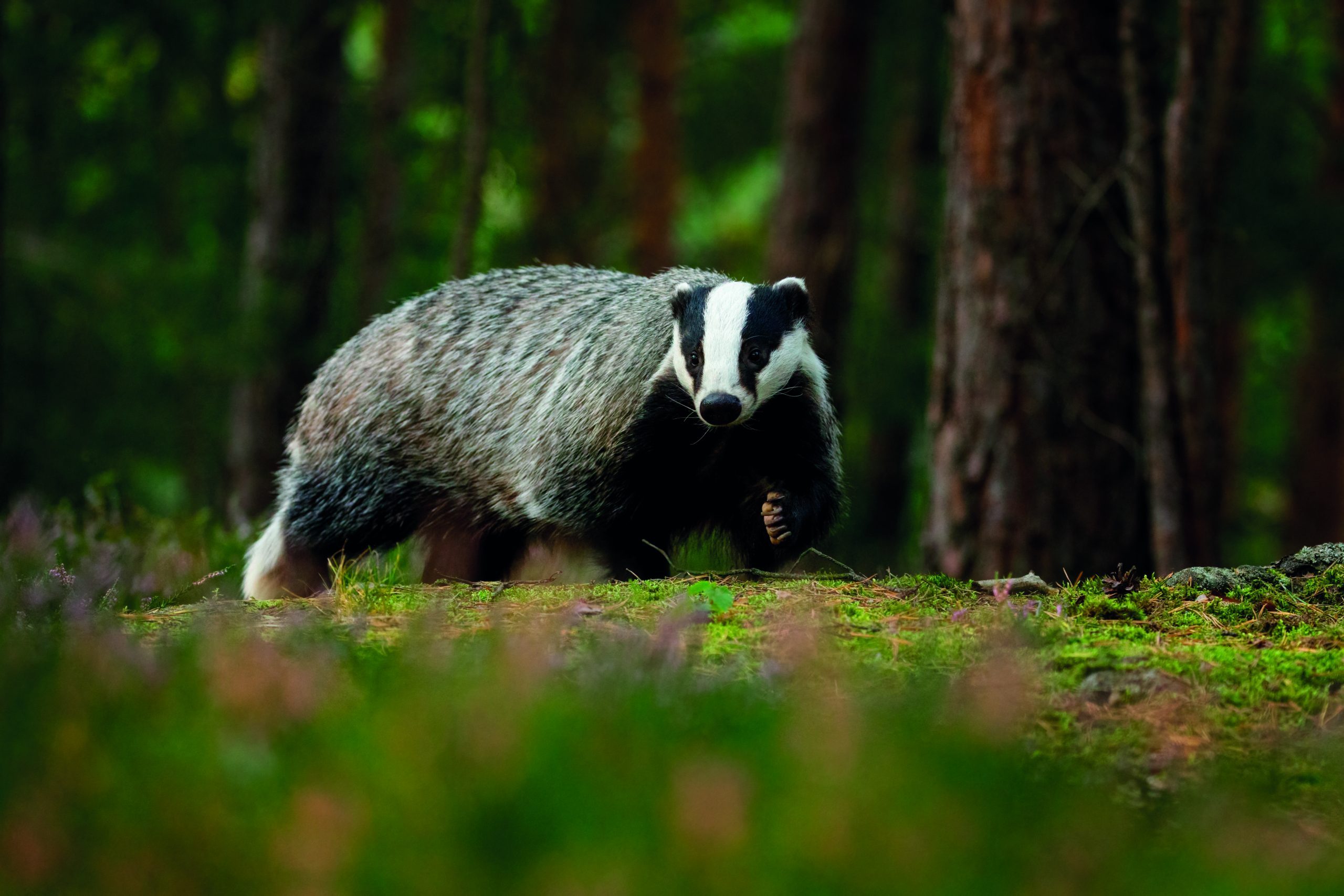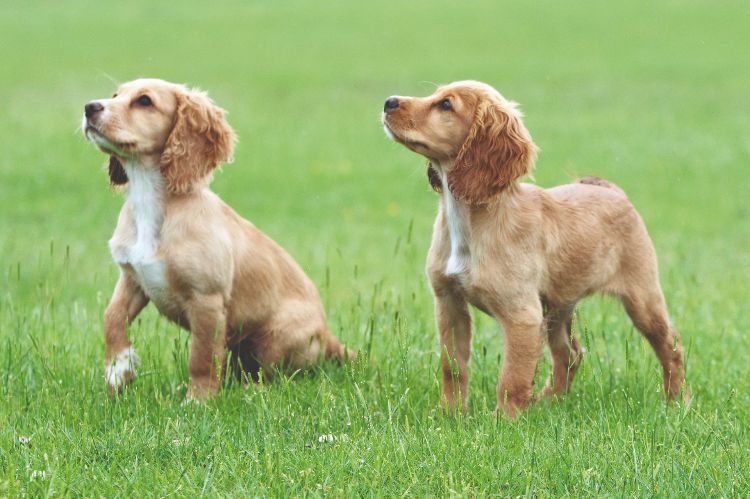Should I spay my working bitch?
It’s common for vets to recommend spaying bitches, but what are the options? Vicky Payne offers insight into this major decision for gundog owners.

If you own a female gundog, it is likely that at some point your vet will have asked if, or when, you plan to spay her. Is spaying the best option for gundog bitches, and if it is, when is the best time?
When I started my veterinary career, we spayed most bitches three months after their first season, unless they were required for breeding. Then there was a switch to neutering at six months of age before most bitches had their first season, due to findings that surgery on the pre-pubertal tissues was faster and safer, and there was no possibility of accidental pregnancy. Neutering pre-puberty also reduces the risk of mammary tumours to almost zero. Most vets resisted the practice of neutering before sale at 3-4 months which had become common in the USA.
 What is the optimal age to neuter my bitch?
What is the optimal age to neuter my bitch?
Recently, researchers have looked again at the effects of neutering age on long-term health. Downsides to earlier neutering include a higher risk of certain types of tumours in some breeds, increased rates of obesity, earlier onset of urinary incontinence, and more cases of joint disease such as cruciate rupture. One impressive project balanced the health risks and benefits for 35 breeds to give a recommended minimum neutering age. For most of our gundog breeds, it is recommended to delay neutering until 1-2 years old. For golden retrievers the advice is to leave them entire as long as possible due to an increased cancer risk in all spayed females.
What are the health benefits of neutering female dogs?
It is reasonable to ask if we need to neuter our females at all as it is a major surgery under general anaesthetic which could negatively impact long-term health. But there are benefits to neutering too. Bitches are in season every seven months on average, and this puts them out of action on the shoot for three to four weeks each time. Some bitches suffer badly with phantom pregnancies after a season and may require medication to resolve their behavioural and physical symptoms.
If you have no plans to breed and only one dog to work, neutering makes practical sense. As previously mentioned, neutering reduces the risk of mammary tumours with the risk increasing exponentially with each season. After two seasons, the risk may be as high as 26%. Spaying at any age prevents unplanned pregnancies and pyometra, a life-threatening womb infection. The risk of pyometra also goes up over time and may be as high as 24% for bitches over 10 years old. Where a female is kept entire for breeding I recommend spaying once their breeding career is over and by eight years old.
What are the different types of spay available?
Traditionally in the UK the word ‘spaying’ has meant ovariohysterectomy, where the ovaries and uterus are removed through an incision along the midline of the abdomen. Many GP vets now offer ‘lap spays’ where the operation is done by keyhole surgery using a laparoscope. Usually, one or two incisions are made and just the ovaries are removed.
Ovariectomy can also be done through a traditional incision. I tend to choose ovariectomy for younger bitches, and ovariohysterectomy for older bitches or where I see any uterine pathology. Without hormones from the ovaries, the uterus shrinks in size and there is no risk of pyometra unless the ovary was incompletely removed.
Whichever type of spay your choose, your bitch will need to rest for four weeks to allow full healing, though she will be raring to go again much sooner!]
A small number of vets offer ‘tube tying’ or ‘ovary sparing spay’ (where just the uterus is removed). While both procedures prevent pregnancy, they do not prevent the bitch being attractive to male dogs twice a year or reduce the risk of pyometra or mammary cancer. My personal feeling is that it is better to leave your bitch entire than to put her through either of these surgeries.
I am often asked if neutering will reduce a bitch’s work drive. My experience with my own girls has been absolutely not, with both my spayed girls still working as hard as ever!




 What is the optimal age to neuter my bitch?
What is the optimal age to neuter my bitch?
